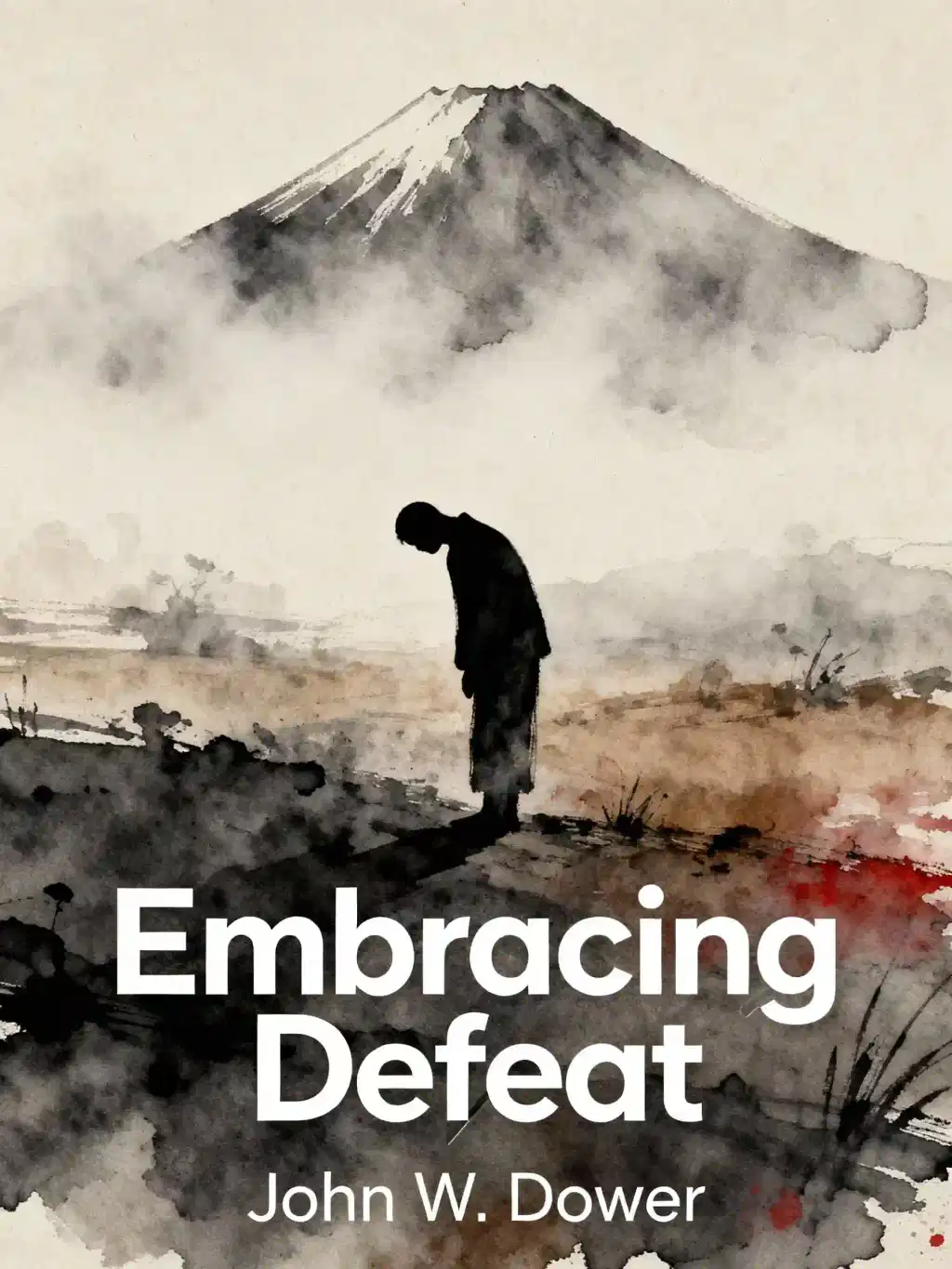What is
Hiroshima by John Hersey about?
Hiroshima chronicles the experiences of six survivors of the August 6, 1945, atomic bombing, detailing their immediate struggles, physical injuries, and long-term trauma. John Hersey’s journalistic narrative emphasizes human resilience amid apocalyptic destruction, unflinchingly describing radiation sickness, societal collapse, and the moral ambiguities of nuclear warfare.
Who should read
Hiroshima by John Hersey?
This book is essential for readers interested in WWII history, ethical journalism, or the human cost of warfare. Its stark portrayal of civilian suffering makes it valuable for students, historians, and advocates of peace studies.
Is
Hiroshima by John Hersey based on a true story?
Yes. Hersey interviewed six real survivors—including a priest, a widowed seamstress, and a physician—to reconstruct their harrowing accounts. Published in 1946, the work pioneered narrative nonfiction by blending rigorous reporting with literary storytelling.
What are the main themes in
Hiroshima?
Key themes include survival ethics (how victims prioritized aid or self-preservation), religious faith amid chaos, radiation’s hidden toll, and collective trauma. Hersey contrasts political justifications for the bomb with its brutal humanitarian consequences.
How does John Hersey depict the atomic bomb’s aftermath?
Hersey uses visceral details: burning flesh, suppurating wounds, and silent suffering. He highlights systemic failures, such as hospitals staffed by dying doctors and families scavenging in irradiated ruins. These descriptions forced American readers to confront the bomb’s human impact.
What quotes from
Hiroshima are most significant?
“The hurt ones were quiet; no one wept… none of the many who died did so noisily.”
This passage underscores the eerie stillness after the blast, symbolizing both shock and the impossibility of processing such scale of suffering.
How did
Hiroshima influence public perception of nuclear weapons?
By personalizing the victims, Hersey’s work shifted discourse from military triumph to moral reckoning. Many credit it with sparking early anti-nuclear activism by exposing the bomb’s indiscriminate cruelty.
How does
Hiroshima address religion?
Two protagonists are clergy (a Jesuit priest and a Methodist pastor), and others turn to faith for solace. Hersey explores how belief systems grapple with senseless suffering, though critics note a focus on Christianity over Japan’s indigenous religions.
What criticisms exist about
Hiroshima?
Some historians argue Hersey omitted contextual factors, like Japan’s wartime aggression, risking an imbalanced narrative. Others praise his focus on individual stories as a counterpoint to dehumanizing war rhetoric.
How does
Hiroshima compare to other WWII accounts?
Unlike strategic analyses, Hersey centers civilians, offering no military justification. This approach inspired later works like Night by Elie Wiesel, blending historical events with intimate testimony.
Why is
Hiroshima still relevant today?
The book remains a cautionary tale about technological warfare and dehumanization. Its themes resonate in discussions of drone strikes, climate disasters, and pandemic triage ethics.
What awards or recognition did
Hiroshima receive?
Originally a New Yorker article occupying an entire issue, it became a landmark work of journalism. Though not formally awarded, it’s widely taught and translated, cementing Hersey’s legacy.
How long is
Hiroshima by John Hersey?
The original text spans ~150 pages, structured into four chapters following the survivors’ first year post-bombing. A 1985 addendum updates their lives, showing lasting health and psychological scars.














